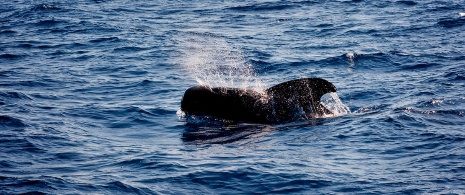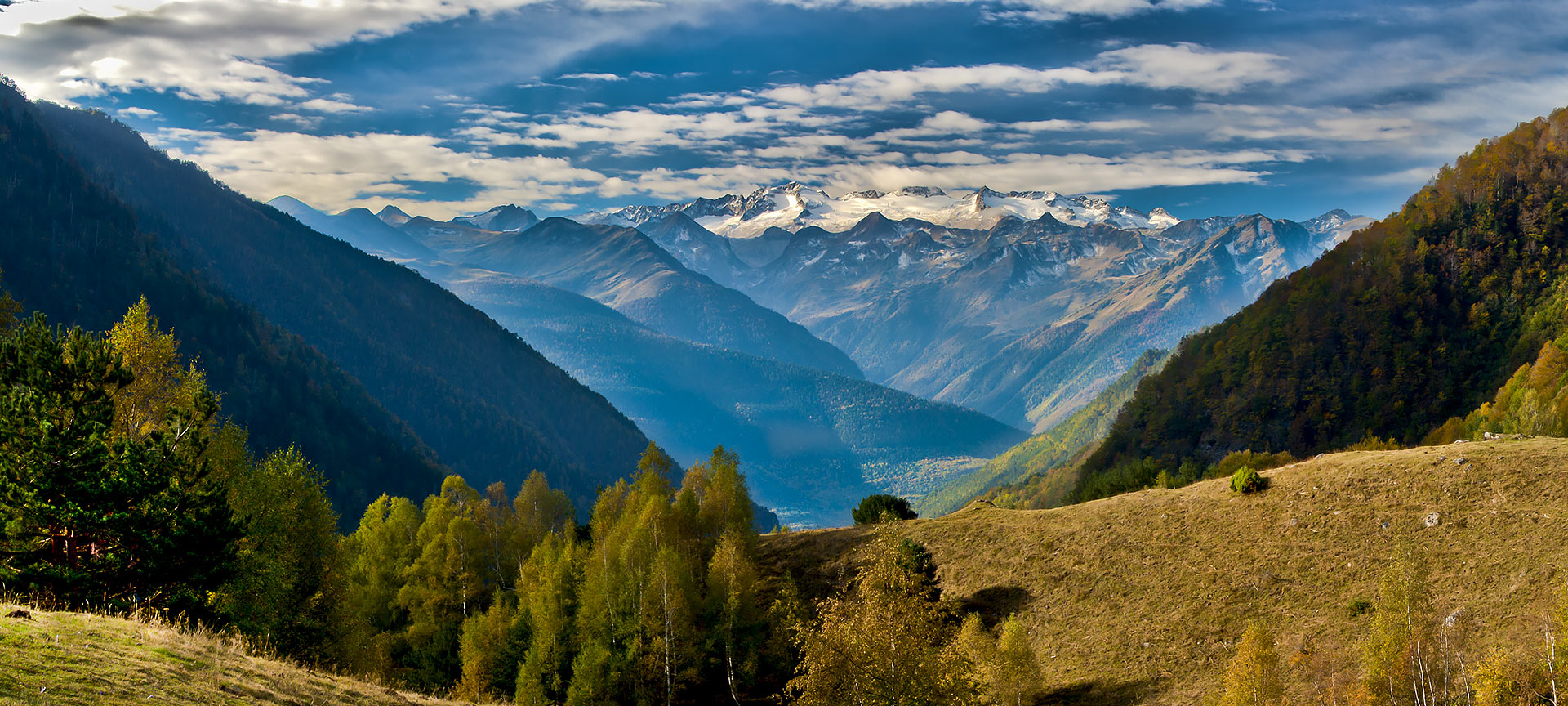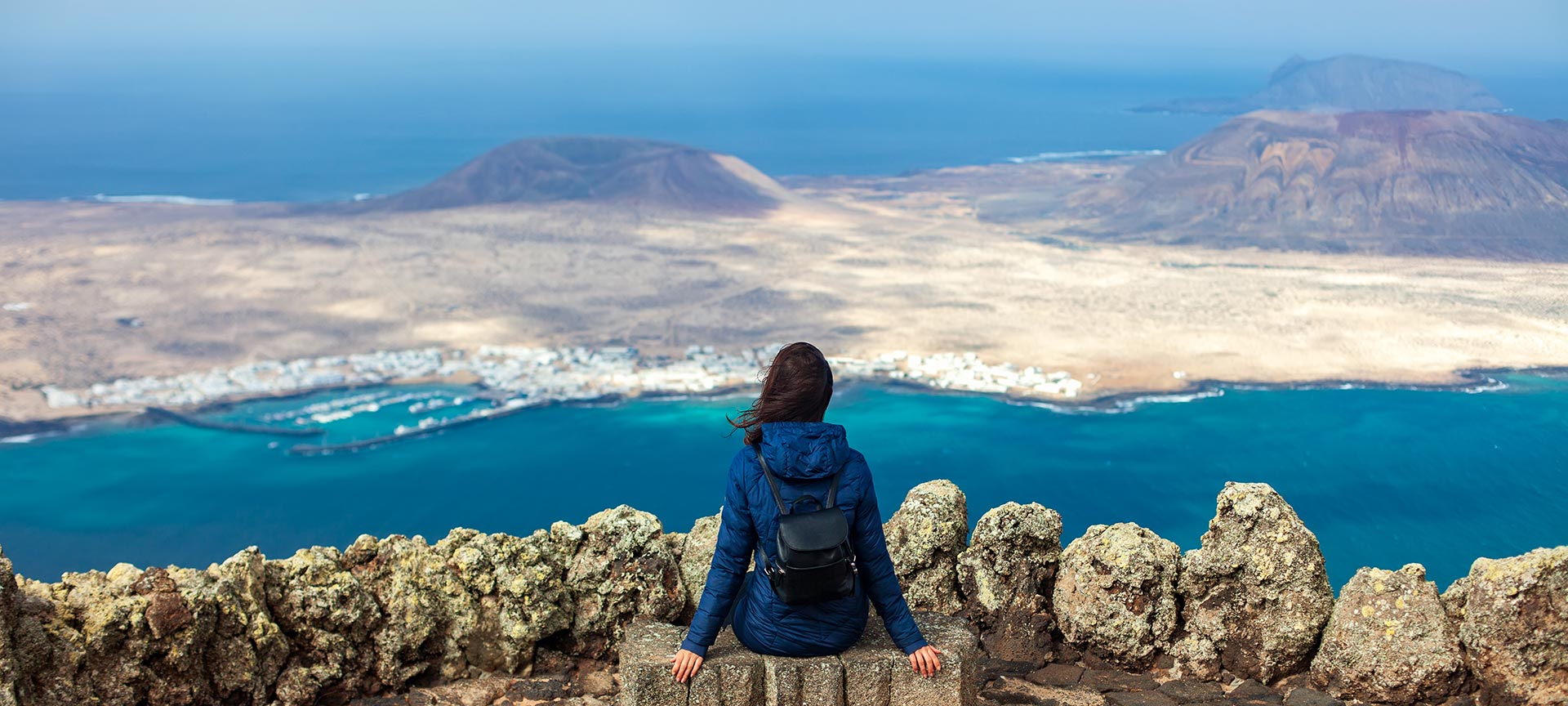
Wildlife Spain: behind the secrets of Spain's nature
Are you a nature lover? Are you passionate about mountains and seas, forests and wildlife? In Spain, you will experience the country with the greatest biodiversity in the European Union, with 13 different climates that are home to 54% of the continent's living species, including animals exclusive to the Iberian Peninsula, such as the Iberian lynx and the imperial eagle.Excursions following in the tracks of the brown bear in the Cantabrian Mountains, ‘safaris’ in search of the lynx in Doñana, boat trips for whale spotting and migratory bird watching or blissful nights surrounded by stars and nocturnal butterflies are just a few of the plans that Wildlife Spain, an association made up of several specialised companies and nine regions of the country, with the aim of highlighting the gems of Spain's nature, also contributing to conservation.Interested? There are many options.
Debe activar Javascript para poder utilizar este servicio
-

Iberian fauna: following the tracks of the 'big guys'
It's not so easy to observe the 'big' Iberian mammals in the wild, such as the lynx, the wolf or the brown bear. With the experts at Wildlife Spain the experience will be unforgettable.In Somiedo Natural Park in Asturias, the lush forests of oak and beech trees serve as a refuge for some of the last bears in Western Europe. In the sierra de la Culebra (Zamora, Castile and Leon), you can still hear the magnificent Howling of the wolf. Also in the north, between Castile and Leon and Cantabria, you can see new semi-wild herds of European bison and complement your visit by admiring the famous cave paintings of Altamira, where very similar species were painted 14,000 years ago.In Andalusia you will find Doñana National Park, one of the most important nature areas in the European Union. There, you'll find the habitat of the Iberian lynx, one of the rarest felines in the world, and 'safaris' are available to try to spot it.Another option is to sign up for a nine-day trip to see the 'big five’ (bear, wolf, lynx, imperial eagle, black vulture) in different regions of Spain.
-

Birdwatching: the excitement of binoculars
Wildlife Spain also offers other more specific tours about the kings of the skies. This is a unique opportunity for birdwatching enthusiasts, as Spain has some of the best places in Europe to birdwatch.In the Picos de Europa, you will be able to see the beautiful flight of the golden eagle, the bearded vulture or the wallcreeper. In the marshes of Santoña, Victoria and Joyel, you can go on birdwatching excursions in small boats. Especially during the winter season, this wetland is home to up to 20,000 specimens of various species, from loons to a wide variety of ducks and herons.
-

On foot, in a 4x4, in a van or on a sailboat
The aim of these organised trips and excursions is not always the wildlife – there are also those that focus on the journey itself. Fancy a little hiking in the Catalan Sierra of Montserrat, where you can also visit its historic monastery? A tour of the rice fields of the Ebro Delta in Catalonia, in search of the enigmatic flamingos? Or a 4x4 tour in Monfragüe National Park in Extremadura, where the rare Mediterranean forest still grows?There's more than just land routes. Other options include a boat ride to go whale watching in the Strait of Gibraltar or a sailboat excursion to the Cíes Islands alongside a marine scientist. Speaking of islands, in the Canary Islands you can explore the mysterious laurel forests of La Gomera or take a week-long trip between the island of La Gomera itself and the volcanoes of neighboring Tenerife.
-

Nights between heaven and earth
Spanish nature does not fade at night: it shines under some of the best night skies on the continent. In the province of Badajoz, experts will guide you looking at the stars, and listening to the sounds of the nocturnal fauna. And in the province of Granada, the same stars will capture your attention as much as the astonishing nocturnal butterflies.
Travel plans for inspiring you









